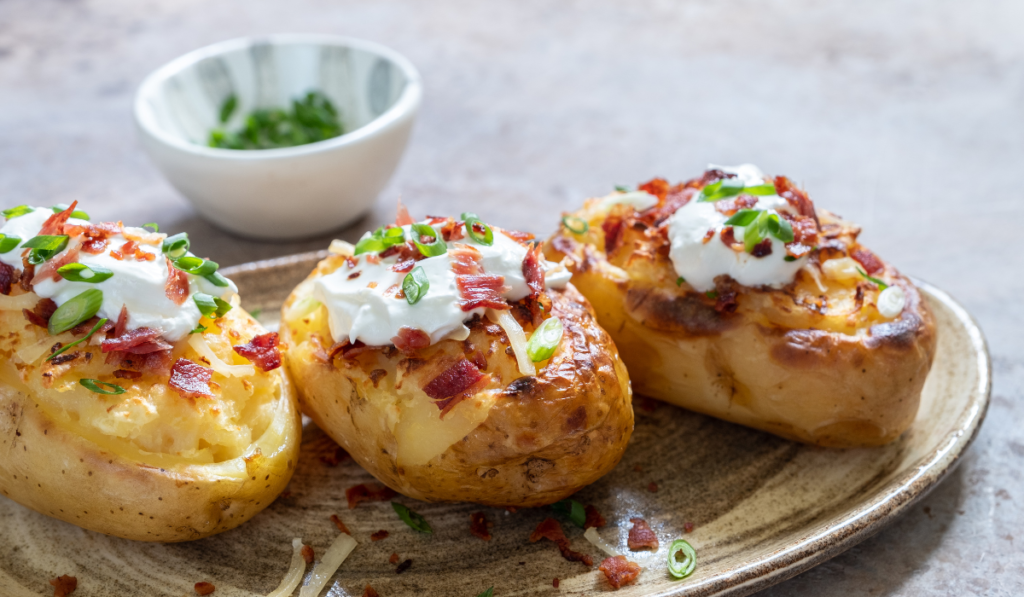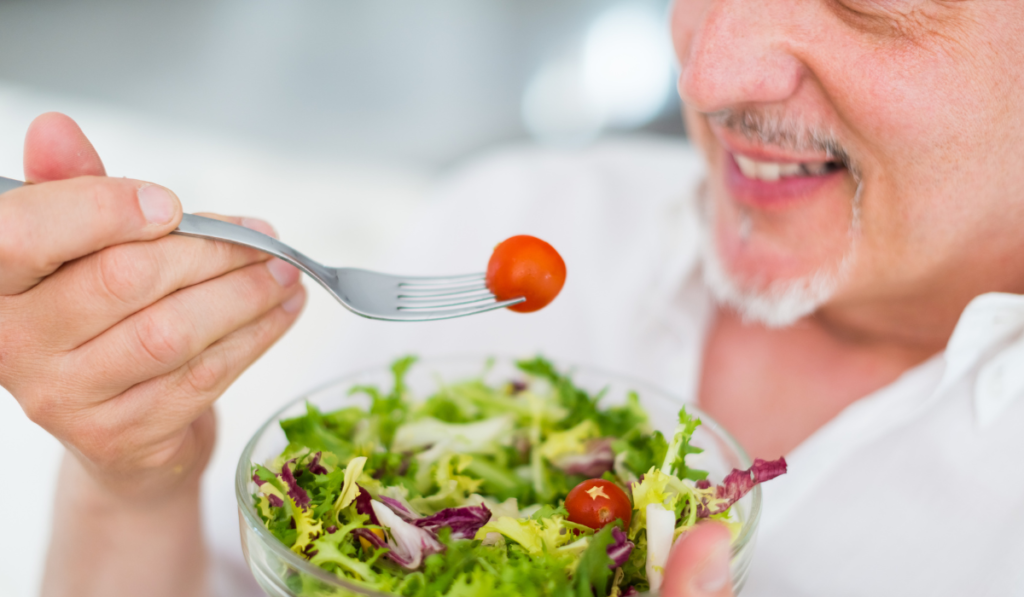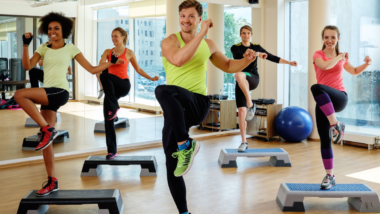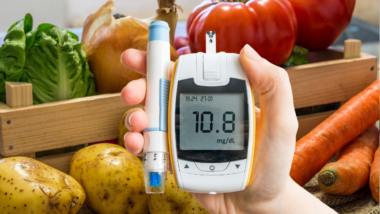If you go out to a restaurant to eat, you probably watch your calories very closely. To assist you with your calorie watching when dining out, these tips about eating healthy will help you make the most of it.
Control over Dressings and Sauces
- Always order salad dressings or sauces on the side, as this way you have control over how much you add to your meal.
Grilled Options without Excess Fats
- When you order grilled fish or vegetables, you should ask that the food be grilled without butter or oil, or prepared with very little or either or.
Smart Choices for Pasta Dishes
- Anytime you order pasta dishes, be on the lookout for tomato based sauces instead of the cream based sauces. Tomato based sauces are much lower in fat and calories, and tomato sauce can even be counted as a vegetable!
Healthy Beverage Choices
- You should always try to drink water, diet soda, or tea instead of soda or beverages that contain alcohol.
Dessert Sharing Strategy
- If you order dessert, share with a friend. Half of the dessert will equal half of the calories.
Soup as a Low-Calorie Appetizer
- When you choose a soup, remember that cream based soups are higher in fat and calories than other soups. A soup can be a great appetizer, as most are low in calories and you fill you up pretty fast.
Smart Baked Potato Options

- When ordering a baked potato, ask for salsa instead of sour cream, butter, cheese, or even bacon. Salsa is very low in calories and provides a healthy alternative with plenty of flavor and spice.
Listening to Your Body
- When you are full, stop eating. Listen to your body and what it tells you.
Smart Portion Control: Eating Healthy
- If you get full, take half of your meal home. The second portion of your meal can serve as a second meal later. This way, you get two meals for the price of one.
Appetizer or Salad as a Meal Option
- If you’re looking to eat less, order two appetizers or an appetizer and a salad as your meal.
Healthier Side Dish Choices
- If you get a choice of side dishes, get a baked potato or steamed vegetables instead of french fries.
Preferentially Cooked Menu Items
- Always look for food on the menu that’s baked, grilled, broiled, poached, or steamed. These types of cooking use less fat in the cooking process and are usually much lower in calories.
Mindful Bread and Roll Consumption
- Plain bread or rolls are low in both fat and calories. When you add the butter and oil, you increase the fat and calorie intake.
Incorporating Fruits and Vegetables
- As key ingredients to your meal, choose dishes with fruits and vegetables. Both fruits and vegetables are great sources of dietary fiber as well as many vitamins and minerals.
Whole Grains and Healthy Dessert Choices
- Choose foods made with whole grains, such as whole wheat bread and dishes made with brown rice.
- If you crave dessert, look for something with low fat, such as berries or fruit.
Balanced Diet Approach
- Always remember not to deprive yourself of the foods you truly love. All types of foods can fit into a well balanced diet.
Nutrition For The Elderly
Healthy eating and nutrition for the elderly is greatly impacted by several factors, one of them being a change in body composition. During the later years in life, the body will lose bone and muscle and gain fat because the hormones aren’t very active anymore.
There are many factors which hinder an elderly person’s health. The information below will help you to lead a healthy life – no matter how old you may be.
Water
Water in the body decreases with age, so many older folks will become dehydrated very easily. Sometimes they won’t feel thirsty, while other times it’s too much work to pour a glass a water. With this in mind, it’s recommended that they drink at least 1 ounce of water for every 2.2 pounds of weight.
Protein
At this stage in life, protein is very important. Protein is needed to support a healthy immune system and prevent the wasting of muscle. Since energy needs are less, older folks should eat high quality protein such as eggs, lean meats, poulty, and fish.
Carbs and Fiber

Carbohydrates are the main source of energy for the entire body. You can find carbs in bread, cereals, pasta, and other grain products. A diet that’s high in fiber and water will help to prevent constipation as well.
Fat
Fat intake for the elderly should be limited, not eliminated. You can limit fat by choosing lean meats, low fat dairy products, and food preperation methods that don’t include frying.
Iron
For the elderly, iron deficiency can be seen with those who aren’t eating much. Good sources for iron include lean red meats or breakfast cereals.
Zinc
Zinc intake is normally with the elderly, and to make matters worse, it’s not absorbed very well either. Meat, poultry, and fish should be a part of your diet to help you meet the requirements for zinc.
Calcium
Calcium is one ingredient that most elderly folks simply aren’t getting enough of. Most believe that milk upsets their stomach, and therefore they will avoid it. They should be getting around 1,500 mg of calcium a day, and nonfat powdered milk can be used in recipes as a substitute for milk. Other foods such as yogurt, low fat cheese, and broccoli can also help you meet the requirements for calcium.
Vitamin B12
In order to absorb the benefits of B12, the intrinsic facotr must be produced by the stomach. Most elderly people suffer from a deficiency in B12 because they have a condition known as atrophic gastritis. This condition causes inflammation of the stomach, bacterial overgrowth, and the intrinsic factor. Without the intrinsic factor, this vitamin can be absorbed.
Each one of the above nutrients are needed to keep an aged body in good health. Elderly individuals should try to stay active and strive for a well balanced diet. Even though the aged body isn’t the same as it used to be, proper care and the right nutrients can help the elderly enjoy a healthy and long life.


